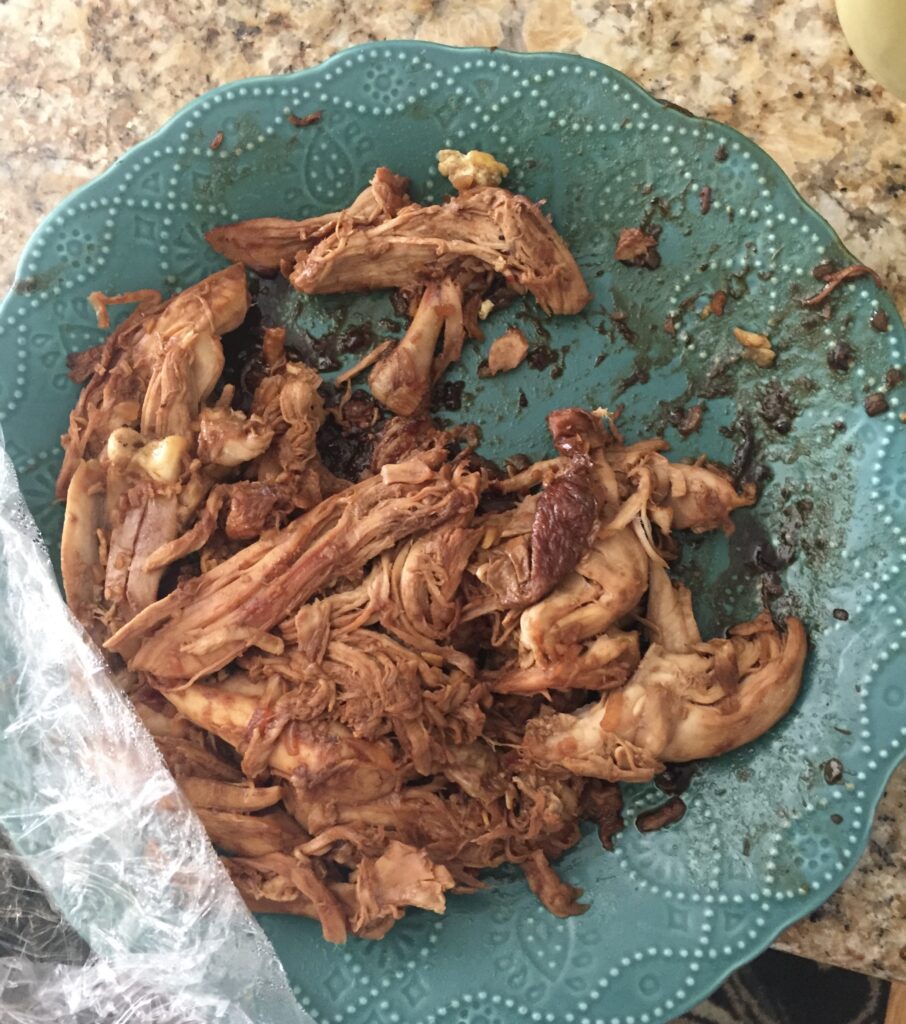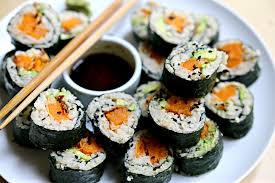Growing up, I understood food as a love language.
Dr. Gary Chapman describes a “love language” as the way we feel loved and appreciated. I love food — I think putting two things together that taste good to create another thing that tastes even better is the best thing humankind has accomplished besides literature and art. I would jump in front of a train for the guy who delivers my Chinese takeout every Friday Night; I think the guy who works the Halal cart in front of my apartment is my best friend, even though he does not know my name, who I am, or any of my interests outside of the food he makes every day.
My parents love food. At the supermarket near my house, my mom would wink at me and say “don’t let me buy too many” as she raided the bakery in the dessert aisle. She would bring steaks home for my dad to cook, and he would pour a generous amount of cooking wine in the skillet before he fried them up, seasoning them with an almost careless amount of garlic, sesame oil, and peppers.
My mom loved my grandma’s cooking the most: my grandma would cook all my favorite dishes before I came home from school, and my mom would pick away at them without her looking. My grandma would gently smack her hand away from the food, shaking her head and smiling: “Those aren’t for you.”
My family also used food as a love language. When I was nervous before a big test, my grandma would cook for me so I “had enough energy to think.” Before I left for college, my parents cooked meals that stacked all the way until the end of the dinner table, and we laughed over tofu, fish, and dumplings until I had to board my flight.

As college students, we come up with a lot of fun tricks to scrimp around meals. Personally, I am a fan of waking up at 1 pm so I don’t have to make or pay for breakfast. I’ve been with friends who study so hard they forget to eat dinner. I’ve seen my friends skip out on meals for a day or two before a date.
As a country, we have an unhealthy relationship with food. The University of Michigan Health System released a study correlating poverty, income inequality with higher rates of obesity. And while bulimia and anorexia are the most identifiable eating disorders, a survey released by the Eating Disorders Coalition revealed that at least one in every 10 Americans struggles with disordered eating: whether that be dieting, skipping meals, over-restricting certain food groups like protein versus fats and carbohydrates, or using poorly tested dietary supplements to control weight.
Our conversations surrounding food cannot exist without discussions about affordability, body, beauty, and consumerism, and how our obsession with food as a form of control has obscured one very simple fact: we need food to survive.
Food is a labor of love: countless times my roommates have made dinner for me without me even asking. When my friend was having a bad day, I made sure to stop by a sandwich shop before going to her apartment so she’d at least have something to eat.
There is also the fact that I was a complete mess for most of my college career until I finally understood how to start cooking for myself, to discover it wasn’t this horrible, unthinkable task my brain tricked me into thinking it was.
Food is a love language because we need it to survive.
You can find all of our active coupons at this link. Redeem them here:
By: Jessica Xing
Jessica is a senior at New York University majoring in English Literature. She has bylines in Vox, EGMNOW, and Electric Literature, and in her free time, she loves watching bad T.V.
For over 20 years, the Campus Clipper has been offering awesome student discounts in NYC, from the East Side to Greenwich Village. Along with inspiration, the company offers students a special coupon booklet and the Official Student Guide, which encourages them to discover new places in the city and save money on food, clothing, and services.
At the Campus Clipper, not only do we help our interns learn new skills, make money, and create wonderful e-books, we give them a platform to teach others. Check our website for more student savings and watch our YouTube video showing off some of New York City’s finest students during the Welcome Week of 2015.


